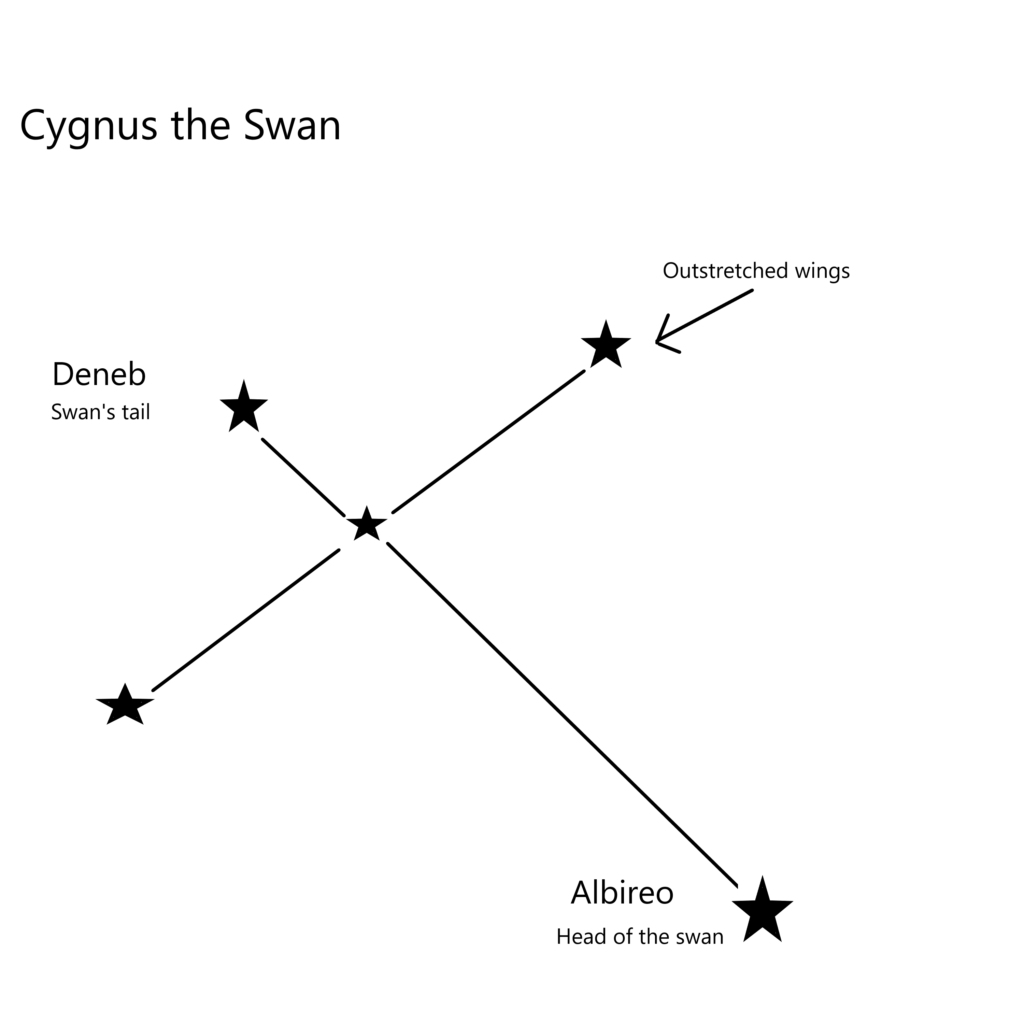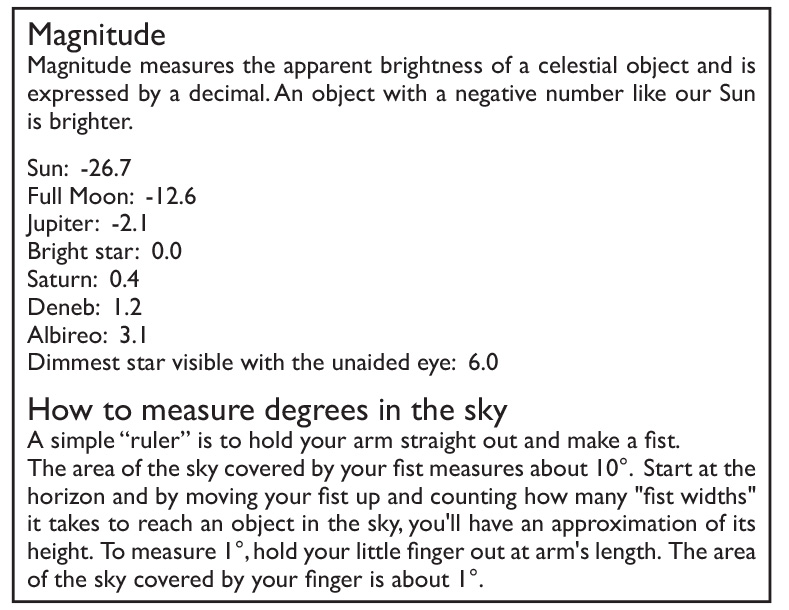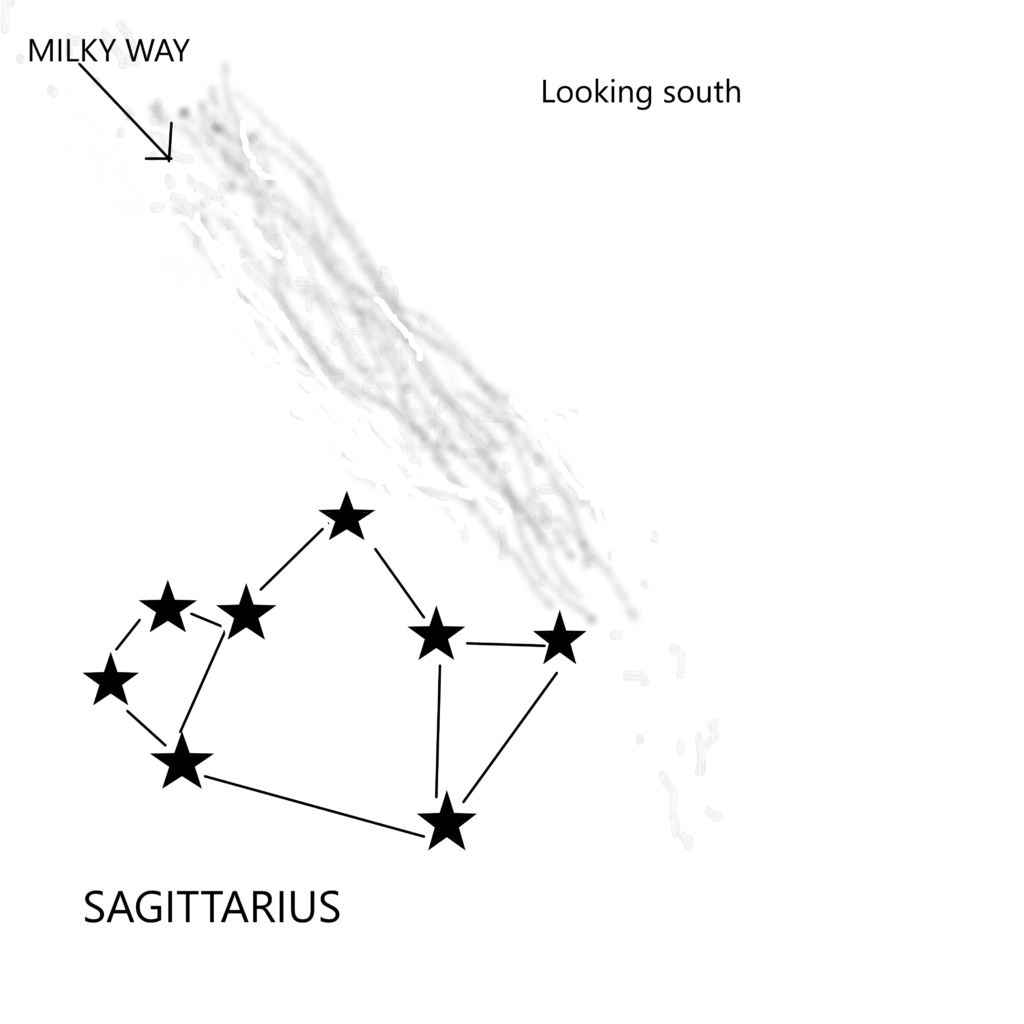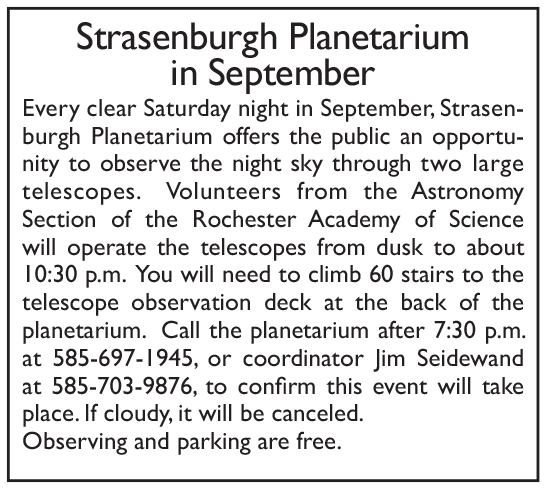The Night Sky ~ September
Clear September nights offer earlier viewing
Cygnus the Swam – Saturn & Jupiter up close – Sagittarius
by Dee Sharples –
Clear September nights are my favorite time of year for observing the night sky. Darkness arrives earlier and the temperatures are still comfortably pleasant.
The constellation Cygnus the Swan soars overhead at 10:00 p.m. on September 1st and, by the middle of the month, one hour earlier at 9:00 p.m.

At the same time, look due south to see the planet Saturn looking like a fairly bright yellowish star at magnitude 0.4, about 30 degrees up from the horizon. However, its true beauty only reveals itself through a telescope. Mark your calendars to visit Strasenburgh Planetarium any clear Saturday night in September to view Saturn through one of the two large telescopes while it’s still on display in our sky. Its magnificent rings, which are now tilted at an angle of 25 degrees toward Earth, are a sight that will fill you with awe.

A short distance to the right of Saturn in the south-southwest, slightly closer to the horizon, you’ll find the planet Jupiter brilliantly shining like a magnitude -2.1 star. Jupiter, too, is an extraordinary sight to see through a telescope with its turbulent bands of clouds, Great Red Spot (a 300-year-old storm almost twice the size of the Earth), and its four bright moons Io, Europa, Ganymede, and Callisto, discovered by Italian astronomer Galileo Galilei in 1610.
Each moon has its own unique characteristics. Io, the moon closest to Jupiter, is rocky with hundreds of active volcanoes – more than any other body in the solar system.
The moon Europa has an ice shell, which scientists believe is up to 15 miles thick, floating atop an ocean of water or slushy ice 40 to 100 miles deep. Europa’s vast, deep ocean is thought to be a very promising place to search for other life in the solar system.
Ganymede is Jupiter’s largest moon and the largest moon in our entire solar system. It has a core of metallic iron, a shell of rock around the core, and then a very thick shell of ice and rocks almost 500 miles thick. The Hubble Telescope even found evidence of a thin oxygen atmosphere, although it would be far too thin to support life as we know it.
Callisto is Jupiter’s 2nd largest moon and is almost the size of the planet Mercury. Callisto has a rocky, icy surface which is the oldest and most heavily cratered in our solar system. Its surface has been pummeled by asteroids and comets for 4 billion years and has had little or no volcanic or tectonic activity to repair its scars.
Missions to Jupiter or flybys by various spacecraft have discovered many more moons revolving around the planet. Jupiter has a grand total of 79 moons, many of them very small and some still awaiting names.

Look for the constellation Sagittarius almost due South on September 1st at 10:00 p.m. and a little earlier each night until the end of the month when you’ll be able to spot it at 8:00 p.m. Because it lies so low on the horizon and is not a super bright constellation, you may need to find an observing spot with a clear view to the south away from obstacles and light pollution. Its stars form the shape of a teapot with its handle on the left and its spout on the right. The Milky Way, a diffuse glow from countless stars in one of the arms of our spiral galaxy, forms a faint path across the sky starting in the Northeast, to overhead, then down toward Sagittarius looking very much like steam rising from its spout.
The Autumnal Equinox occurs at 3:50 a.m. on September 23rd, announcing the official start of fall in the Northern Hemisphere.
